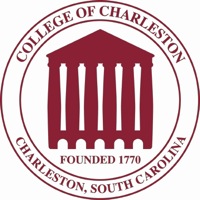Below is a summary of the abstract you submitted. Presenting author(s) is shown in bold.
If any changes need to be made, you can modify the abstract or change the authors.
You can also download a .docx version of this abstract.
If there are any problems, please email Dan at dar78@pitt.edu and he'll take care of them!
This abstract was last modified on March 21, 2023 at 11:48 p.m..

Here we report findings about the novel microbacteriophage, Nicole72, discovered in empty flower beds at the University of Pittsburgh campus and isolated in the host Microbacterium paraoxydans NWU1. This virus possesses Siphoviridae morphology with an icosahedral capsid and a noncontractile tail. Illumina sequencing revealed a circularly permuted, 55,431 bp single chromosome genome with 69.7% GC content. The genome was annotated using bioinformatic tools available in PECAAN including Glimmer, GeneMark, Starterator, HHpred, NCBI BLAST, the Conserved Domain Database, TMHMM, TOPCONS, ARAGORN, and tRNAscan-SE. Functional annotation detected 29 genes with known functions and 9 orphams, but no tRNAs or tmRNAs. Comparative analysis via Phamerator and NCBI BLASTP revealed high similarity to the EC cluster bacteriophage Megan (85.08% identity). Like Nicole72, Megan was discovered in Pittsburgh, only 0.54 miles from the Nicole72 site. Although genes coding for queosine biosynthesis and GTP cyclohydrolase occur in several other clusters, they were only observed in two EC cluster members, Nicole72 and Megan, suggesting that transcript modifications and metabolic rewiring strategies may have been acquired in the EC cluster by horizontal gene transfer.




